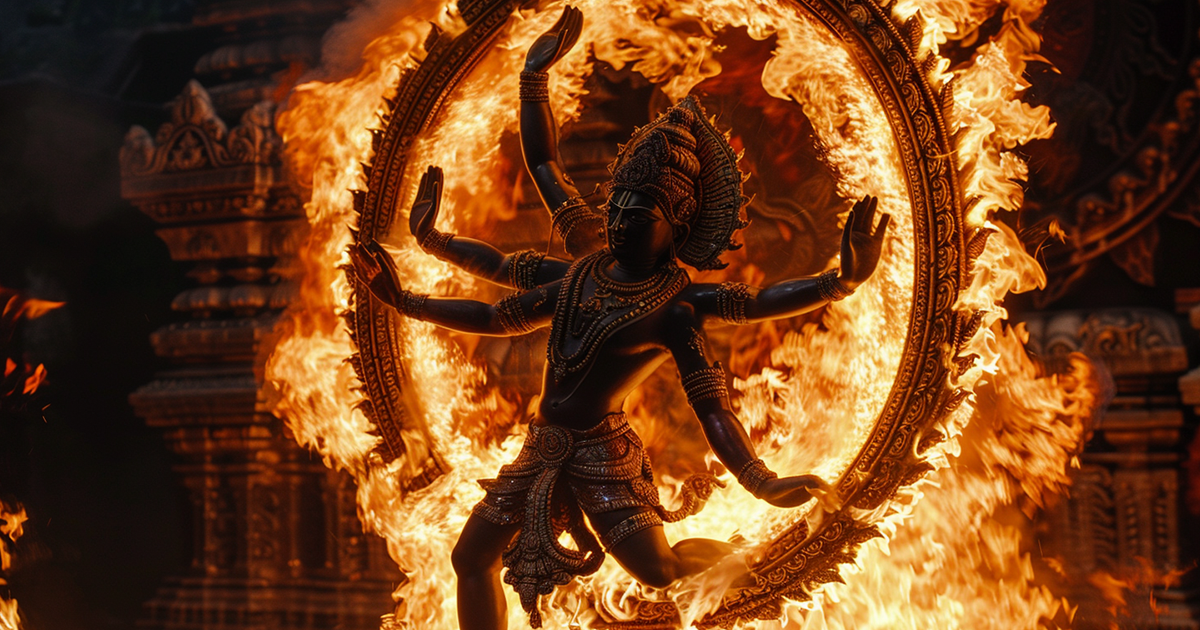Portraying a divine being encased in flames, the Nataraja statue holds profound symbolism within Hinduism. This iconic representation, closely linked to Lord Shiva’s cosmic dance, exhibits striking parallels with contemporary imagery of spacecraft entering the Earth’s atmosphere. The juxtaposition of ancient symbolism with modern depictions prompts exploration into the origins of human cognition and the potential impact of extraterrestrial influences on cultural symbolism.
Central to the Nataraja statue is the representation of Lord Shiva’s cosmic dance, known as the Tandava. In Hindu mythology, this dance symbolizes the perpetual cycle of creation and obliteration, with Lord Shiva personifying the divine dancer who orchestrates cosmic harmony. The encircling flames surrounding the Nataraja are often construed as a metaphor for the transformative essence of this cosmic dance, symbolizing the dissolution of the old to pave the way for the new.
Of particular interest is the resemblance between the fiery ring in the Nataraja statue and contemporary depictions of spacecraft descending into Earth’s atmosphere. Observers of such phenomena frequently describe a corona of blazing plasma enveloping the craft upon re-entry, reminiscent of the flames depicted in the Nataraja. This parallel imagery raises inquiries about the ancestry of ancient symbolism and its potential correlations to cosmic occurrences.
One interpretation proposes that the depiction of flames in the Nataraja statue symbolizes spiritual enlightenment and the transcendence of terrestrial boundaries. According to this viewpoint, the flames epitomize the purifying blaze of divine wisdom enveloping the enlightened spirit, guiding it towards elevated planes of consciousness. In this perspective, the likeness to contemporary spacecraft may serve as an allegory for the spirit’s odyssey through the cosmos.
Another standpoint suggests that the inspiration behind the Nataraja statue may stem from encounters with advanced technologies or beings from distant worlds. Advocates of this notion cite ancient astronaut hypotheses and the prevalence of comparable imagery across diverse cultures, indicating the plausibility of shared cultural recollections of extraterrestrial encounters.
Whether construed as emblematic of spiritual enlightenment or as testimony to extraterrestrial intervention, the Nataraja statue remains an object of fascination and inspiration. Its enduring symbolism urges us to ponder the enigmas of the cosmos and our position within it, reminding us of the interconnected nature of all existence. As we gaze upon the divine figure enveloped by flames, we are prompted to reflect on the eternal choreography of creation and destruction shaping the cosmos and the ceaseless pursuit of knowledge that binds humanity across time and space.
